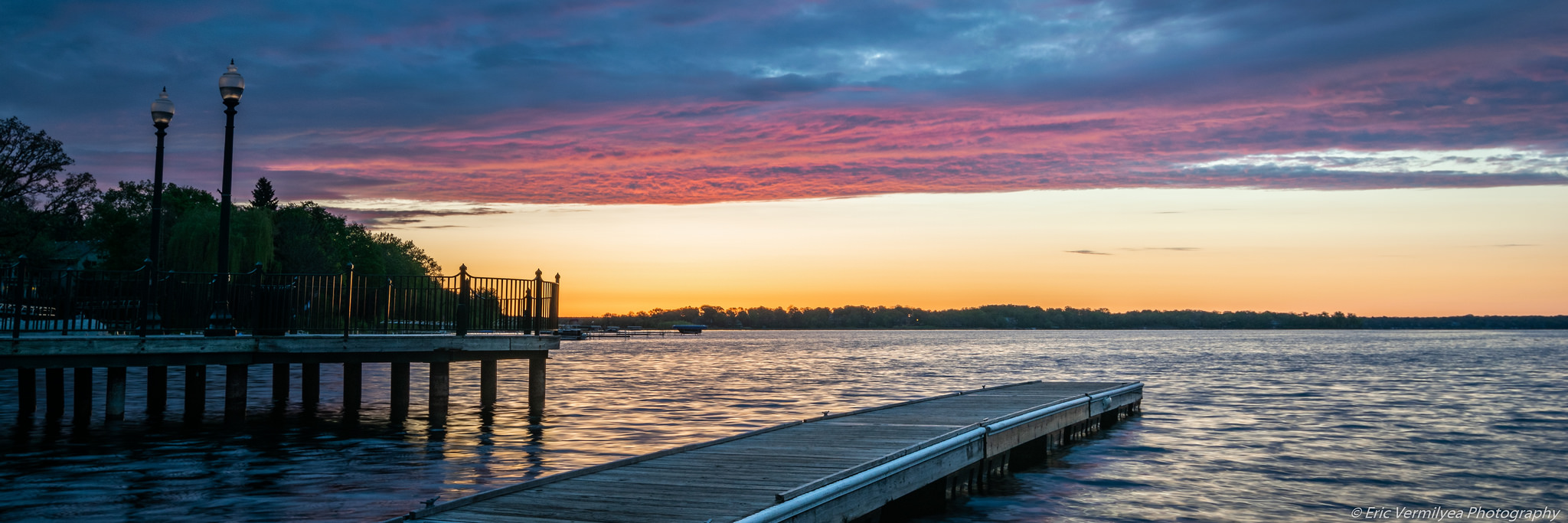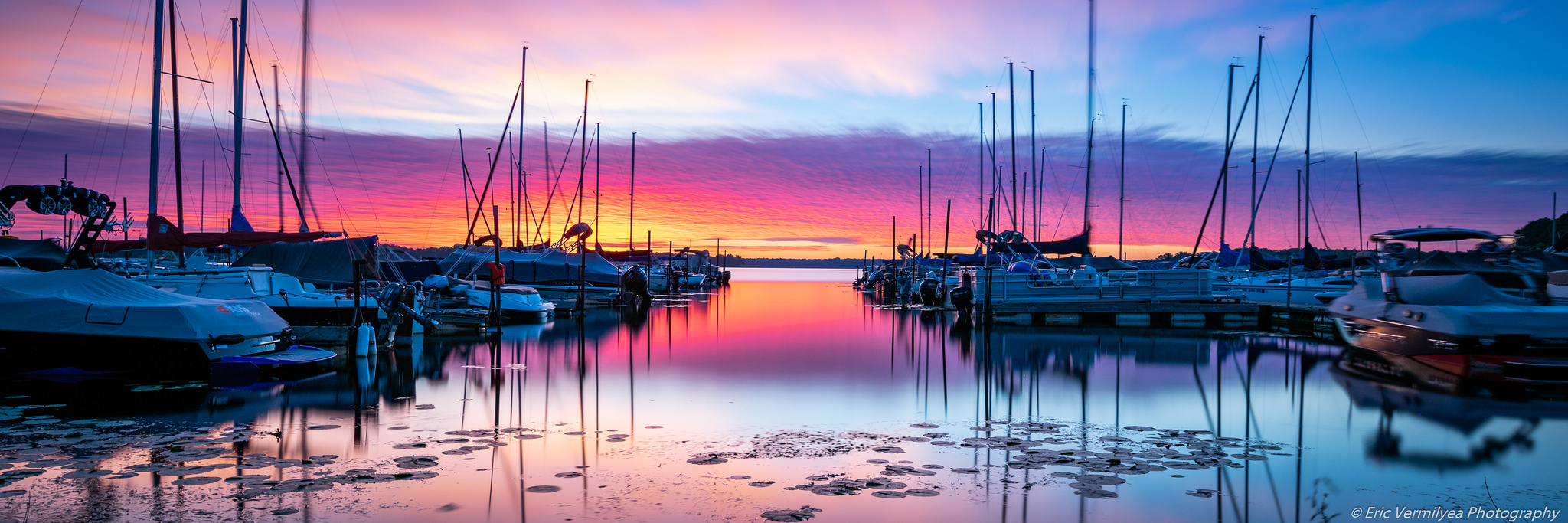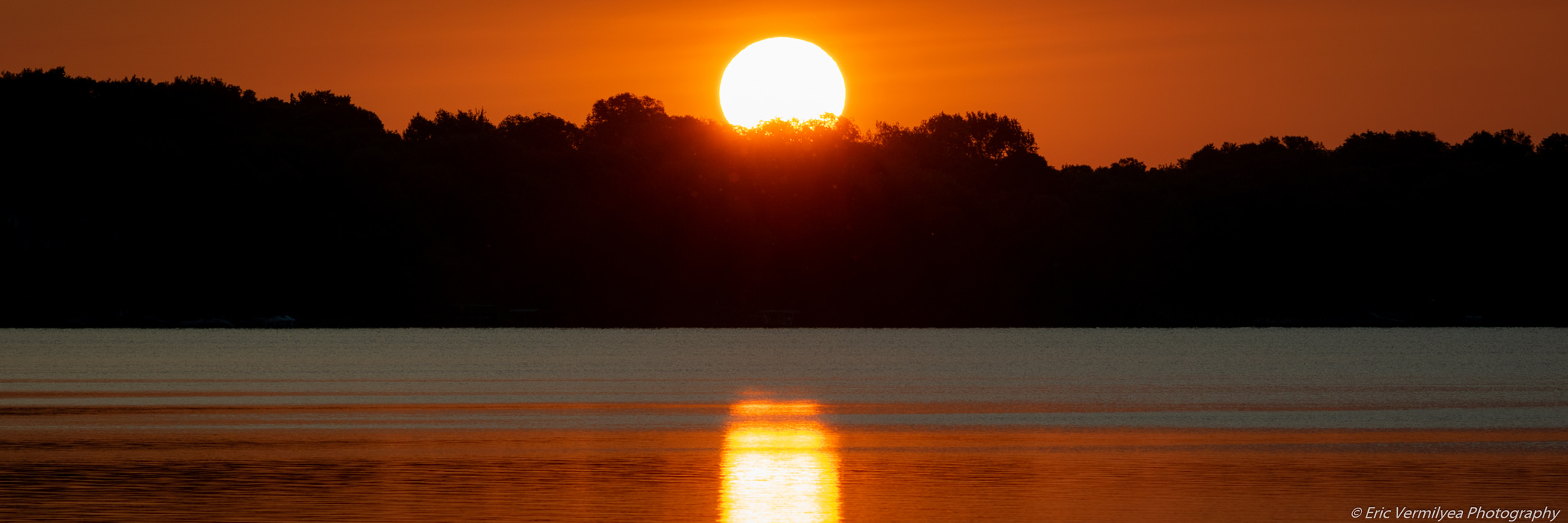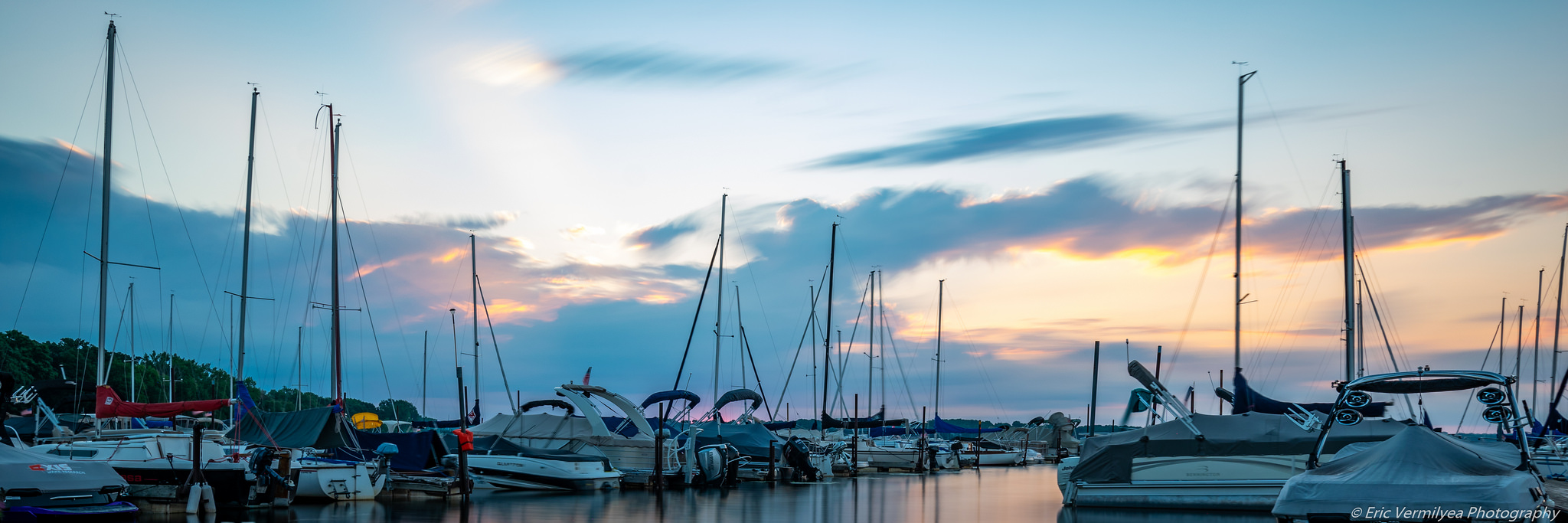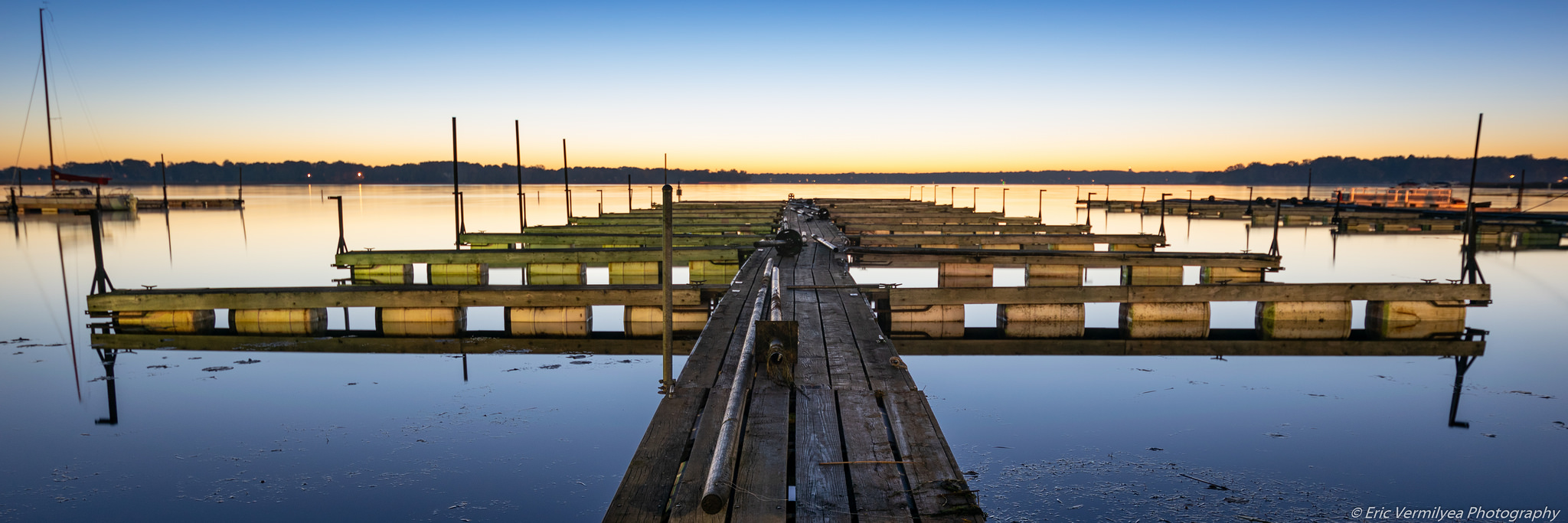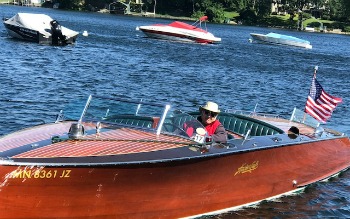The WBLCD commissioned Dick Osgood of Ecosystem Strategies and Steve McComas of Blue Water Science to conduct a year-long study of summer and winter use of White Bear Lake.
This study was implemented because it is recognized that the use of White Bear Lake as well as most other lakes in Minnesota is changing. Further, there has not been any comprehensive evaluation of lake use on White Bear Lake, so there is no baseline for objective comparison. On top of this, complaints and concerns regarding the nature of lake use, the kinds of watercraft and their behavior, safety and possible environmental impacts have been raised.
The White Bear Lake Conservation District (WBLCD) adopted a lake management plan in May 1999 that called for a lake use study. Specifically, the management plan called for the WBLCD to "…commission a study of the total lake use, including the Commercial Bay. Further, the study should include the impacts of boats on the quality of the lake. A public survey should be included asking people what they think is the right mix of boats for lake use."
This study addressed these objectives:
Determine the source of watercraft on White Bear Lake
Identify heavy use areas of White Bear Lake
Measure the impact of watercraft on White Bear Lake
Determine user perceptions of lake use
Analyze the use of the Commercial Bay
Research winter activities on the lake
This report documents the conduct of the 1999/2000 White Bear Lake Use Study and makes recommendations to the White Bear Lake conservation District. The budget for this study was $25,620. The actual costs were slightly less than this amount.
The summer 1999 study concentrated on six intensive days of monitoring and observation. Three of these days represented peak use days and three of these days represented off-peak days:
| Peak: | Off-Peak: |
| Sunday, May 30 (Memorial Weekend) | Wednesday, May 26 |
| Sunday, July 4, (Holiday) | Wednesday, June 16 |
| Saturday, July 31 (Weekend) | Wednesday, August 11 |
During each study day, four observers - three stationary and one moving - made measurements, watercraft counts and observations on hour-and-a-half intervals from 6:0 a.m. until 9:00 p.m. In addition, exit surveys, a shoreland watercraft inventory and a homeowners survey were conducted.
The winter 2000 study concentrated on three intensive days of monitoring and observation. Two of these days represented peak use days and one of these days represented an off-peak use day:
| Peak | Off-Peak |
| Saturday, January 15 | Wednesday, January 26 |
| Saturday, February 5 |
FINDINGS AND CONCLUSIONS
This study made these findings and conclusions:
White Bear Lake is not crowded.
There are 1424 resident watercraft - 63% are associated with non-commercial uses (individuals and dock associations) and 37% with commercial uses.
579 watercraft per day are launched from Ramsey County Beach, Matoska Park and the Commercial Bay on peak use days, compared to 195 launched per day on off-pear use days.
Fishing intensity is about the same on off-peak and peak use days (58 versus 73 boats per day).
Runabouts represent the greatest portion of boats using the lake on both off-peak and peak use days (42% and 52% of boats using the lake, respectively).
The number of personal watercraft using White Bear Lake is low - 10 per day on off-peak use days and 22 per day on peak use days.
Most non-resident users live within 20 miles of White Bear Lake.
Fishing is the main activity at the Ramsey County and Matoska Marsh boat launches.
Pleasure boating is the main activity at the Commercial Bay.
Living nearby is the main reason chosen by people who come to White Bear Lake.
With very minor exceptions, the experience of non-resident lake users is positive.
Except for two comments on the Fourth of July, no one felt White Bear Lake was crowded.
Lakeshore homeowners' greatest annoyance is PWC's and watercraft noise.
55% of lakeshore homeowners avoid using the lake on weekends and holidays; 17% do not avoid using the lake.
65% of lakeshore homeowners feel the lake is sometimes crowded and PWC's are cited as the main reason for this perception.
There were no instances of unsafe boating due to congestion in the Commercial Bay.
A significant use of the Commercial Bay includes people who enjoy their boats, but never leave the dock (this activity was not measured).
The Ramsey Beach area is congested on peak-use days.
Matoska Park boat landing is less congested than Ramsey County Beach, but parking patterns and spaces are unorganized and confusing.
For short times on peak days the lake may have the feeling of being crowded, but it is always safe.
Enforcement activities are concentrated during holidays and weekends. Citations for unsafe operation or excessive speed are rare. In 1998, there was one citation for unsafe operation and two for excessive speed.
Oil and grease analysis in the Commercial Bay and in an open lake control site were below detection limits, meaning too low to measure.
Pollution discharge levels are not significant from boats in White Bear Lake.
Noise levels were recorded using a decibel meter. Excessive noise levels - above 80 dB - were not measured for any sustained period during peak or off-peak days. Measurements were made from the shore and from the lake.
Plant diversity has not been affected by boating activities in White Bear Lake. We assume fish habitat has not been affected either.
Wind driven waves generally have a larger impact on shorelines than boat-generated waves. No significant shoreline erosion was observed.
Existing parking areas at the accesses accommodated boat trailer parking for off-peak days. For peak days, trailer-parking spots were filled by noon.
The longest wait to launch a boat on the lake was about 40 minutes at Ramsey Beach. That occurred between 1:00 and 2:00 on July 4th.
White Bear Lake is not overcrowded with respect to winter use activities. Special events, such as fishing contests, attract extra visitors for short-term periods. Sheriff reports indicate no serious lake use problems.
A literature review was conducted by surveying journal articles and technical reports. Several findings are listed below:
Heavy motorboat use can increase turbidity and damage plants in shallow areas of lakes. These effects were noted in water depths ranging from 6.5 to 15 feet.
Two-stroke engines have some toxic pollutants in their exhaust that can persist for two weeks.
Marker buoys are more effective than water patrol for enforcing "no-wake" rules.
The nature of boating is changing. There are longer watercrafts with larger motors. Water skiing is becoming less popular and PWC's are becoming more popular.
Quiet water buffers of 100 to 200 feet do not eliminate nuisance noise levels (from the perspective of someone on the shore); 300-foot buffers greatly reduce the risk of nuisance noise.
RECOMMENDATIONS (from consultants/study)
Based on these findings, an overall policy of "holding the line" has been recommended. "Holding the line," means limiting future lake use at 1999 levels. Several recommendations that follow accomplish this mainly y limiting additional lake access. Other recommendations are aimed to maintain a safe and pleasant lake experience.
Lake Use Policy: The White Bear Lake Conservation District should adopt a policy that uses 1999 as a benchmark for holding the line on future increases in lake use for White Bear Lake.
Recommendation #1: The White Bear Lake Conservation District should amend its ordinances to establish a uniform quiet waters (no wake) buffer areas at a distance of 400 feet from shore around the lake.
Recommendation #2: The White Bear Lake Conservation District should set marker buoys 300 feet from shore and placed at the 3 primary access areas as well as institute active enforcement coupled with targeted boater education to maintain the quiet waters buffer. The option of marker buoys on a lake-wide basis should be considered in the third summer if needed.
Recommendation #3: The White Bear Lake Conservation District should initiate negotiations with the MN DNR, the cities, township and counties to develop and implement a long-term public access plan for White Bear Lake based on existing access points at this time.
Recommendation #4: No additional multiple docks and associations on White Bear Lake should be permitted.
Recommendation #5: The White Bear Lake Conservation District should cap the mooring capacity to a level not to exceed more than a 5% increase from the currently permitted levels in the Commercial Bay. As a standard of fairness, a determination should be made as to what commercial properties have as their mooring density (equals the number of moored boat slips divided by their shoreline footage) and that should be used to cap future increases on the remaining commercial properties in the Commercial Bay.
Recommendation #6: No additional commercial uses (marina's, ramps, and moorings) on White Bear Lake should be permitted.
Recommendation #7: The White Bear Lake Conservation District should monitor winter lake use patterns relying on DNR ice house counts and sheriff patrol incident reports. If future lake use conflicts arise, enforcement of existing rules and regulations should be adequate to resolve problems.
Recommendation #8: The White Bear Lake Conservation District should conduct a mini lake use survey every two years and repeat this comprehensive lake use survey every six years.
Recommendation #9: The White Bear Lake Conservation District should produce a lake map for wide distribution. The map should include relevant ordinances and basic safety considerations. The Lake Minnetonka map can be used as a model.
Recommendation #10: The White Bear Lake Conservation District should produce informational materials and press releases for various media such as the White Bear Lake Homeowners association Newsletter, the White Bear Press and local cable access. Also the White Bear Lake conservation District should use its web site to educate and inform the public as to lake use control matters.
End of Executive Summary
Complete Study is available in the WBLCD office.
Recommendations above were not adopted in total by the board. The WBLCD Lake Utilization Committee reviewed, in detail, the Lake Use Study and the recommendations that were presented by the consultants as part of the completed study. The committee then made recommendations to the board addressing all of the consultants' recommendations -- with comments and thoughts on possible future implementation/ methods. At its July 18, 2000, board meeting, the board made the following motion:
"MOTION #5 (Michaud/St.Germain) MOVE TO ADOPT COMMITTEE RECOMMENDATIONS AS A PACKAGE. ALL AYE. PASSED"
Note: The consultant's recommendations are first and underlined in the paragraphs below; the Lake Utilization Committee recommendations are in bold at the end of the paragraph. The committee recommendations (bold) are the recommendations which were adopted by the motion above.
Study Umbrella Recommendation: The White Bear Lake Conservation District should adopt a policy that uses 1999 as a benchmark for holding the line on future increases in lake use for White Bear Lake. Committee Recommendation: Endorse as a policy guideline with two-year limit (based on establishing White Bear Lake as a "non-crowded zone." Defined as a maximum density level on White Bear Lake as one boat for every 15 acres of water surface.
Study Recommendation #1: The White Bear Lake Conservation District should amend its ordinances to establish a uniform quiet waters (no wake) buffer area at a distance of 300 feet from the shore around the lake. Committee Recommendation: Endorse
Study Recommendation #2: The White Bear Lake Conservation District should set marker buoys 300 feet from shore and placed at the three primary access areas as well as institute active enforcement coupled with targeted boater education to maintain the quiet waters buffer. The option of marker buoys on the lake-wide basis should be considered in the third summer if needed. Committee Recommendation: Endorse.
Study Recommendation #3: The White Bear Lake Conservation District should initiate negotiations with the MN DNR, the cities, township, and counties to develop and implement a long-term public access plan for White Bear Lake based on existing access points at this time. Committee Recommendation: Endorse on condition that the WBLCD should not initiate negotiations but should participate if such negotiations commence.
Study Recommendation #4: No additional multiple docks and associations on White Bear Lake should be permitted. Committee Recommendation: Not endorsed
Study Recommendation #5: The White Bear Lake Conservation District should cap mooring capacity to level not to exceed more than a 5% increase from currently permitted levels in Commercial Bay. As a standard of fairness, a determination should be made as to what commercial properties have as their mooring density (equals the number of moored boat slips divided by their shoreline footage) and that should be used to cap future increases on the remaining commercial properties in the Commercial Bay. Committee Recommendation: Not endorsed. Instead, the committee does not endorse a time-unlimited cap on mooring capacity in Commercial Bay without further trend analysis. However the Committee does recommend that the District impose a two-year moratorium on additional slips and other mooring capacity beyond current permits.
Study Recommendation #6: No additional commercial uses (marinas, ramps, and moorings) should be permitted. Committee Recommendation: Not endorsed with condition: The committee recommends a two-year moratorium on additional commercial marinas, ramps, & moorings.
Study Recommendation #7: The White Bear Lake Conservation District should monitor winter lake use patterns relying on DNR ice house counts and sheriff patrol incident reports. If future lake use conflicts arise, enforcement of existing rules and regulations should be adequate to resolve problems. Committee Recommendation: Endorse.
Study Recommendation #8: The White Bear Lake Conservation District should conduct a mini lake-use survey every two years and repeat this comprehensive lake-use survey every six years. Committee Recommendation: Endorsed.
Study Recommendation #9: The White Bear Lake Conservation District should produce a lake map for wide distribution. The map should include relevant ordinances and basic safety considerations The Lake Minnetonka map can be used as a model. Committee Recommendation: Endorsed.
Study Recommendation #10: The White Bear Lake Conservation District should produce additional informational materials and press releases for various media such as the White Bear Lake Homeowners Association Newsletter, The White Bear Press, and local cable access. Also, the WBLCD should use its Web site to educate and inform the public as to lake-use matters. Committee Recommendation: Endorsed.




